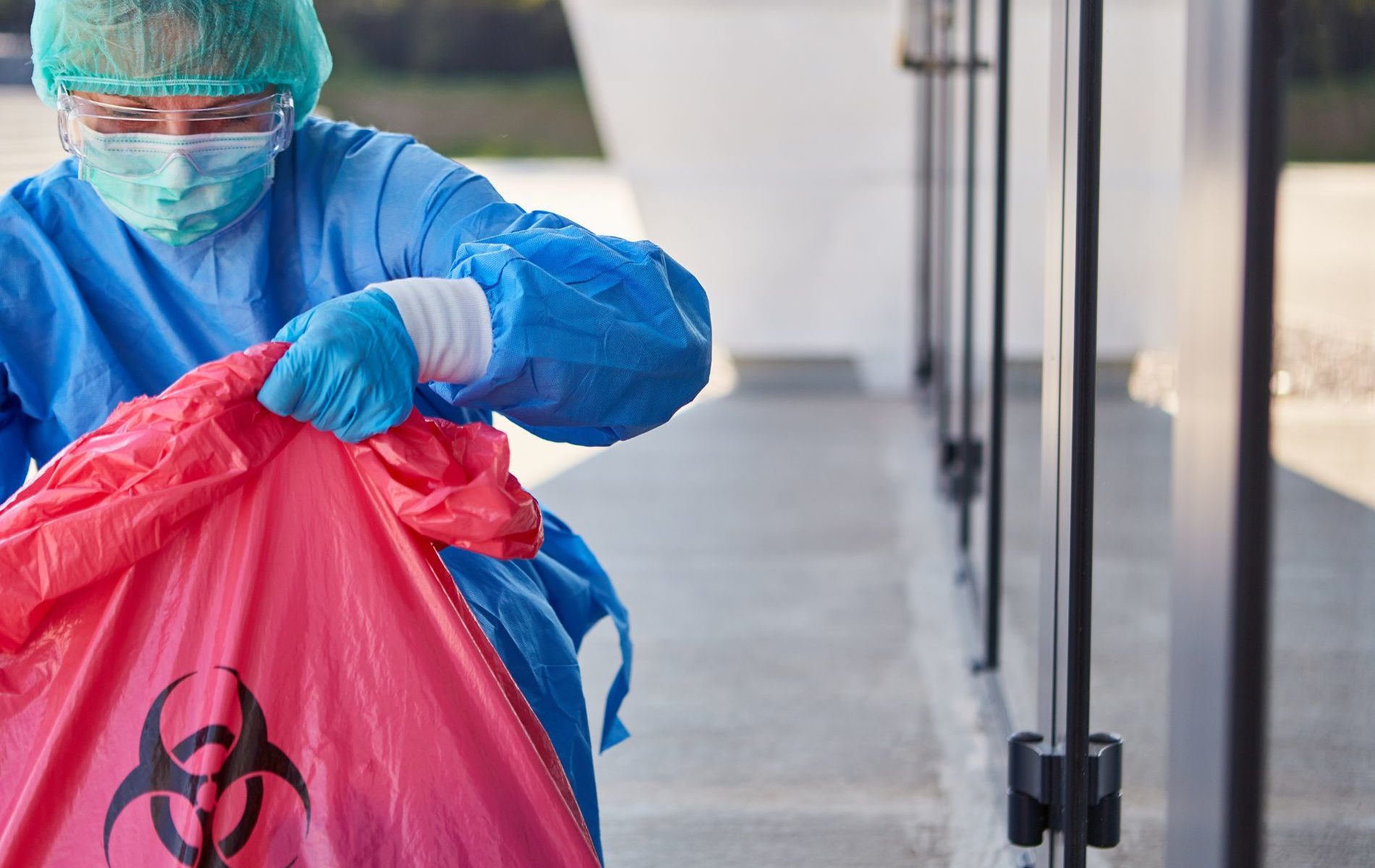The Buzz on Reclaim Waste
The Buzz on Reclaim Waste
Blog Article
The Main Principles Of Reclaim Waste
Table of ContentsSome Ideas on Reclaim Waste You Should KnowMore About Reclaim WasteSome Known Questions About Reclaim Waste.Excitement About Reclaim WasteReclaim Waste Things To Know Before You Get This
Check out the kinds, incidents, and types of fluid waste. Domestic sewer waste refers to the waste and items from a domestic septic system. This sort of waste is created by humans in homes, schools, and various other buildings. This only includes septic systems that have a drainpipe area. The correct management and disposal of domestic sewage waste need liquid waste to be moved to a sewage treatment plant where the proper techniques and devices are used to detoxify and take care of waste.
Industrial waste typically consists of possible risks, such as flammable materials or a mixture of fluid and strong waste products, and requires a much more advanced and in-depth disposal process. The disposal of business waste generally includes the filtering of waste prior to transport to make sure risk-free and appropriate disposal. Industrial waste is created from byproducts and runoff of commercial procedures and production.
This sort of waste can not use the very same sewage administration transportation or processes as septic or commercial liquids. The hazardous waste monitoring procedure calls for the examination and testing of liquid waste prior to it goes through the disposal procedure (liquid waste removal melbourne). Runoff waste is the fluid waste that originates from drainage and excess stormwater in extremely inhabited locations or cities
Overflow waste can create contamination and flooding if not managed properly. Making sure proper waste administration can avoid catastrophes and reduce environmental injury.
Things about Reclaim Waste
Get in touch with PROS Services today to learn more about our waste management and disposal services and the correct methods to take care of the liquid waste you produce.
(https://medium.com/@leonaube33101/about)Do you know what takes place to your water when you pull the plug, flush the bathroom or drain the cleaning device? No? Well, it's worth understanding. This supposed 'wastewater' is not just an essential resource however, after treatment, will be released to our land, waterways or the sea. Used water from commodes, showers, bathrooms, kitchen area sinks, washings and industrial processes is referred to as wastewater.

water utilized to cool down equipment or tidy plant and equipment). Stormwater, a kind of wastewater, is runoff that moves from farming and urban areas such as roofings, parks, gardens, roads, paths and seamless gutters right into stormwater drains pipes, after rain. Stormwater flows untreated straight to regional creeks or rivers, ultimately getting to the ocean.
Getting The Reclaim Waste To Work
In Queensland, the majority of wastewater is treated at sewer therapy plants. Wastewater is carried from residential or commercial sites via a system of drains and pump stations, called sewerage reticulation, to a sewer treatment plant. Neighborhood federal governments build, preserve and run most sewage therapy plants. Operators are accredited under the Environmental Management Act 1994 to release cured wastewater at an acceptable ecological criterion into waterways.
The Department of Natural Resources suggests city governments about managing, operating and preserving sewerage systems and therapy plants. In unsewered locations, local governments may require owners to mount specific or house sewer therapy systems to next page treat domestic wastewater from commodes, kitchens, shower rooms and washings. The Division of Natural Resources authorizes making use of family systems when they are shown to be effective.
Many stormwater gets no treatment. In some new subdivisions, therapy of some stormwater to eliminate clutter, sand and gravel has begun using gross pollutant catches. Wastewater treatment occurs in 4 phases: Eliminates solid issue. Larger solids, such as plastics and other items mistakenly released to drains, are removed when wastewater is passed with displays.
Wastewater then streams right into huge containers where solids settle and are gotten rid of as sludge. Grease and scum are skimmed from the surface. Uses tiny living organisms called micro-organisms to damage down and eliminate staying liquified wastes and great particles. Micro-organisms and wastes are incorporated in the sludge. Eliminates nitrogen and phosphorus nutrients that might trigger algal flowers in our rivers and endanger water life.
Things about Reclaim Waste
Nutrient elimination is not readily available at all sewage therapy plants since it calls for expensive specialist tools. Clear liquid effluent created after therapy may still contain disease-causing micro-organisms - liquid waste removal melbourne.

Many wastewater flows into the sewage system. Under the Act, regional federal governments administer approvals and permits for eco appropriate tasks (Periods) including wastewater launches that may have a local impact.
Fascination About Reclaim Waste
Or else, examples are considered research laboratory evaluation. Commonly several examinations are needed to establish the degrees of each of the various contaminants such as oils, hefty steels and pesticides in water. Tracking offers factual info about water top quality and can validate that licence problems are being satisfied. The information obtained through monitoring offers the basis for making water quality decisions.
Report this page